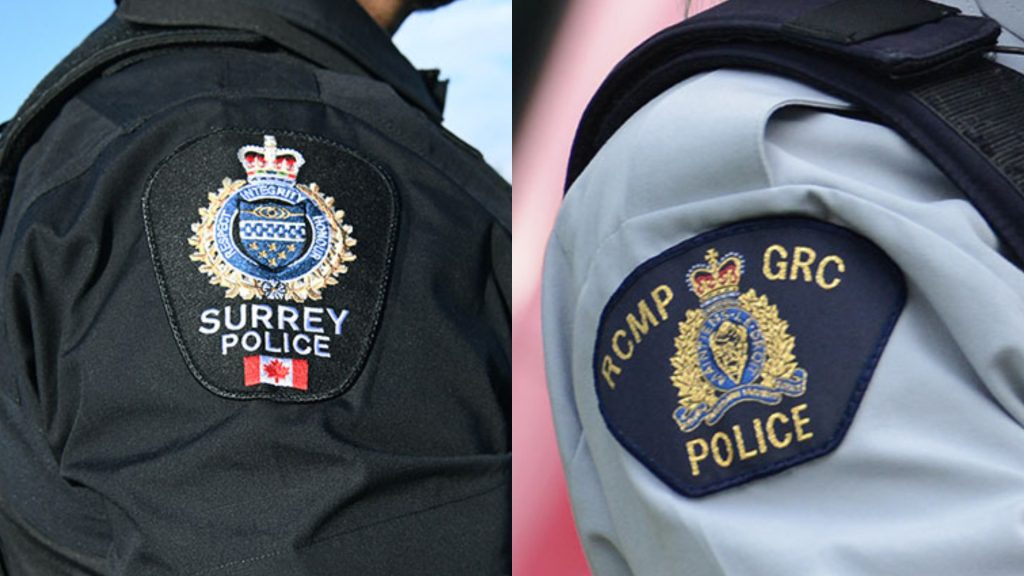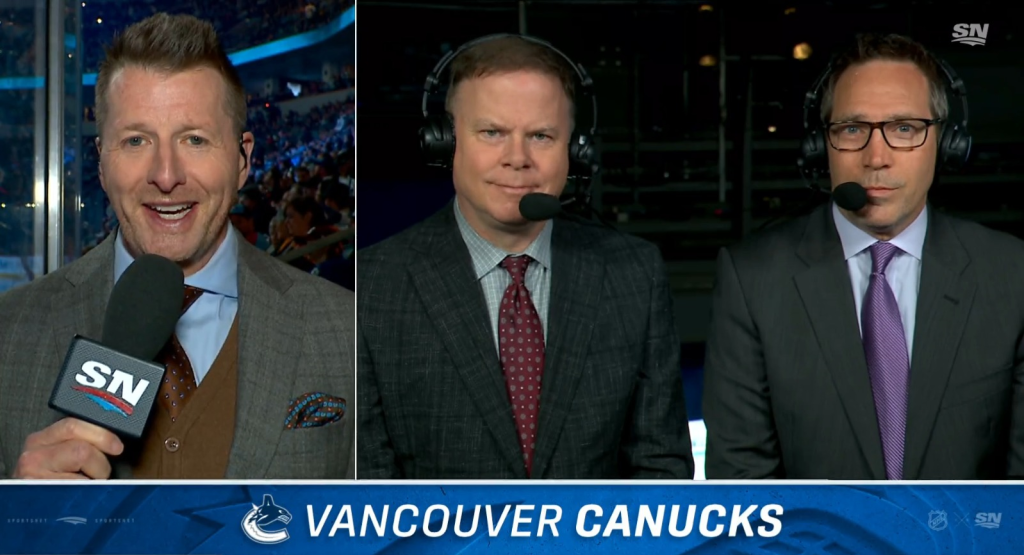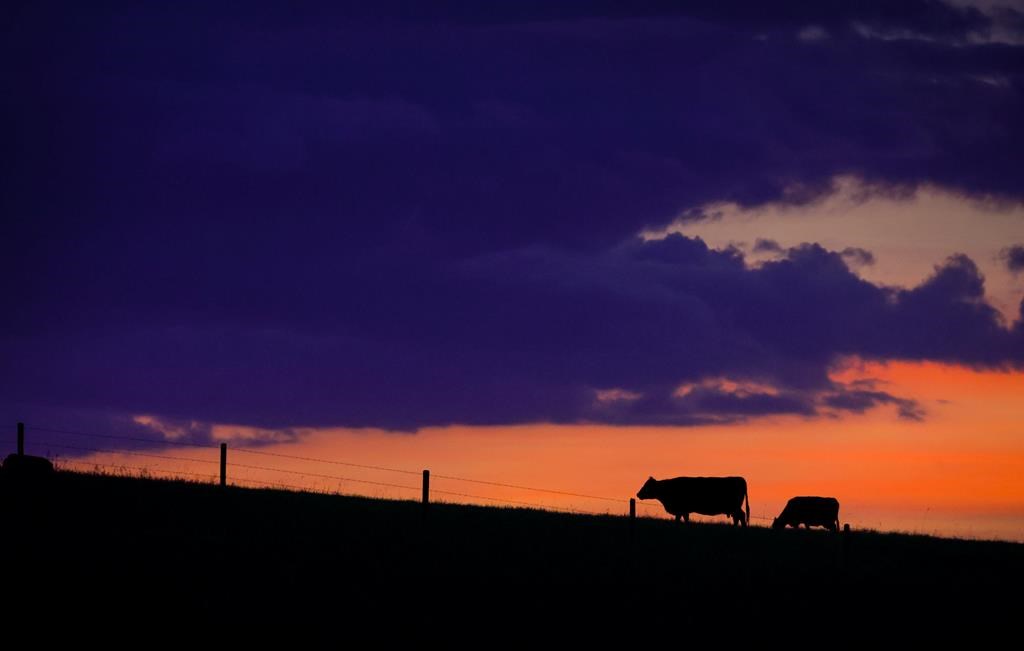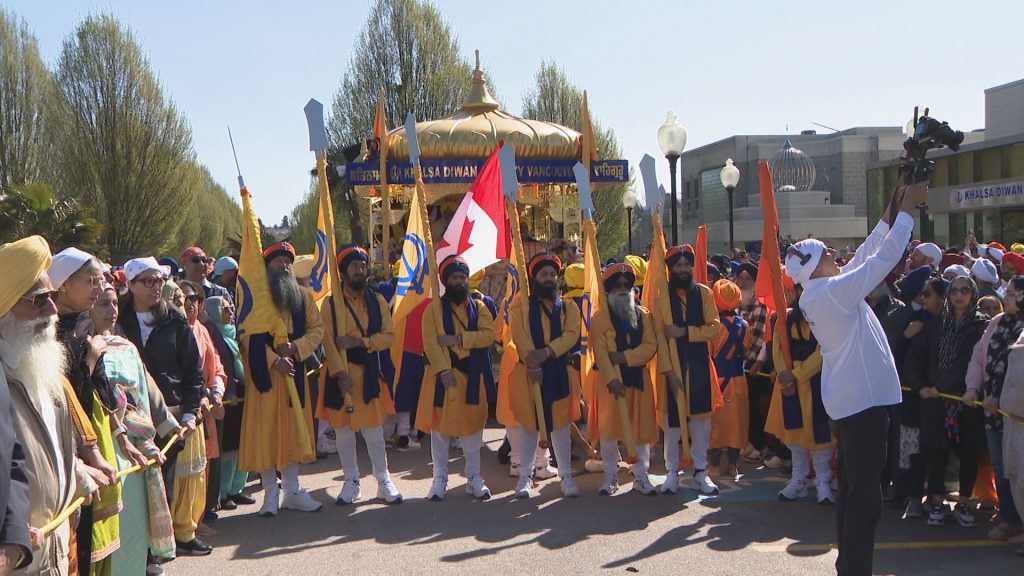Private air rescue group says it fits within B.C.’s SAR model, despite paid memberships
Posted April 23, 2021 7:39 am.
Last Updated April 23, 2021 8:27 am.
SQUAMISH (NEWS 1130) – Should you pay for a rescue if you are hurt in the back country?
A private air rescue group based in Squamish is pushing for more people to pay for patronages, or memberships, for a service it says fills gaps in the traditional search and rescue system.
But local volunteer SAR groups are afraid it is only adding confusion for people in trouble.
The non-profit organization is called TEAAM Aeromedical and it has focused heavily on air life support and transport for remote industry since it was founded four years ago.
President Miles Randell says the group is modelled after similar services in Europe and Australia, asking patrons to pay a yearly fee for access to its services. But TEAAM needs thousands more people to sign up through the spring to keep its insurance offerings viable.
“We employ paramedics, nurses and doctors, and rescue specialists to be able to provide aeromedical rescue service in remote settings that are beyond the reach of the B.C. ambulance service,” says Randell.
Non-profit, private air ambulance group needs thousands of new patronages, giving paid members access to backcountry or remote rescues.
But local SAR leaders are afraid the service causes confusion and delays, adding their rescues are free and what you get when you call 911.— Mike Lloyd ☕️ (@llikemoyd) April 23, 2021
“We are quite a different service in the sense that we don’t do what traditional ambulance services do in regards to the locations that we respond to, and we don’t do what search and rescue does in regards to typical search and rescue work. We are quite focused on advanced life support and critical care aeromedical rescue in remote settings.”
As an example, Randell points to a recent mission on the Sunshine Coast.
“It was in a remote boat access community in a little place called Storm Bay, which was a community that we were responding to for someone with serious medical concern,” he explains. “In the past it would have taken about four hours to access by boat and we were able to fly in within an hour-and-a-half and provide critical care medicine and then direct transport to the most appropriate hospital.”
TEAAM is currently in the middle of a patronage drive and Randell says that while they have a lot of support from remote industry, such as logging or tree planting companies which pay $160 per worker, they have always included private recreationalists in their model, asking them to pay $110 for the service, which includes membership and rescue insurance.
“For the insurance company to be able to make it viable for them economically, we need to have 5000 people signed up by June 1 and 10,000 by December 1. So, we’re working hard … we have the numbers up to 1200 now so we’re getting there,” Randell says.
Paid system creates confusion for those needing help
But leaders in local, volunteer search and rescue organizations are afraid the private patronage system, targeting individuals, creates a confusing situation for people caught in the backcountry.
“If you look at private recreation, we have a very robust search and rescue program that’s in place. All the teams are basically backed up by each other for mutual aid, and we’re activated through the 911 system,” says Mike Danks, team leader for North Shore Rescue. “It’s a proven system that works. What we see as challenging here is if they are getting individuals to call them directly, circumnavigating the 911 system, that can lead to a lot of confusion.”
Danks feels that is problematic, and calls it incredibly frustrating for the local teams who have spent years building and supporting world-class operations.
“They are asking for individuals to support their program, which will in turn take the support away from the local search and rescue teams that are doing this for free,” Danks says.
BJ Chute is operations manager for Squamish Search and Rescue and is also worried about confusion over who to call for a rescue and the delays that could cause.
“We have an extremely talented and robust search and rescue system in this province, and it makes me wonder why there would be any sort of push towards privatizing a free service,” he tells NEWS 1130.
“Professionally, I’m a paramedic and we’ve always advocated that when somebody is in need, 911 is the answer. Search and rescue really is no different. We would encourage anybody who is either lost or injured or in some sort of need in the backcountry that their first, and really their only, call for help should be to 911, guaranteeing a response from a local search and rescue organization in whatever area of the province you are in.”
Related articles:
-
North Shore Rescue explains why calling 911 is better than any app
-
North Shore Rescue predicts jump in calls as outdoor COVID-19 rules loosened
-
Calls to search and rescue groups surge in B.C. as COVID-19 pushes people outdoors
Chute says he has no issue with organizations like TEAAM providing service to remote industry, but he doesn’t understand the need to target individual backcountry users.
“TEAAM is not currently, that I’m aware of, part of the 911 system and frankly it doesn’t fit within the search and rescue model of the province,” Chute explains.
Danks agrees.
“When you have a group like TEAAM, it’s out there confusing people on what is required for rescue … People are paying into this insurance model, but when they call for help, search and rescue teams are going to be the ones that respond. It’s not going to be TEAAM,” he adds.
“If we talk about North Shore Rescue specifically, we have nine physicians that are on call for us 24-7. We’ve had days where we’ve had two advanced life support calls happen simultaneously. We were able to respond with two separate aircraft, two physicians, and two teams for those calls. So, you know, there is no shortfall here. We do not charge a fee, there’s no insurance required.”
Danks says all local SAR needs is community support.
“And we’ve got a lot of that, but our fear is this is going to confuse people. It really will. When they call 911, search and rescue teams are going to be the ones that come to get them — the volunteers.”










